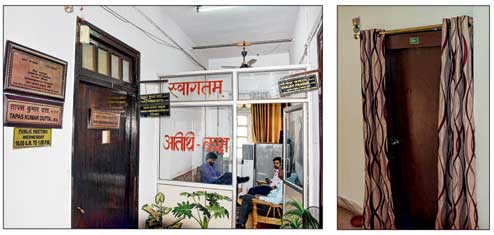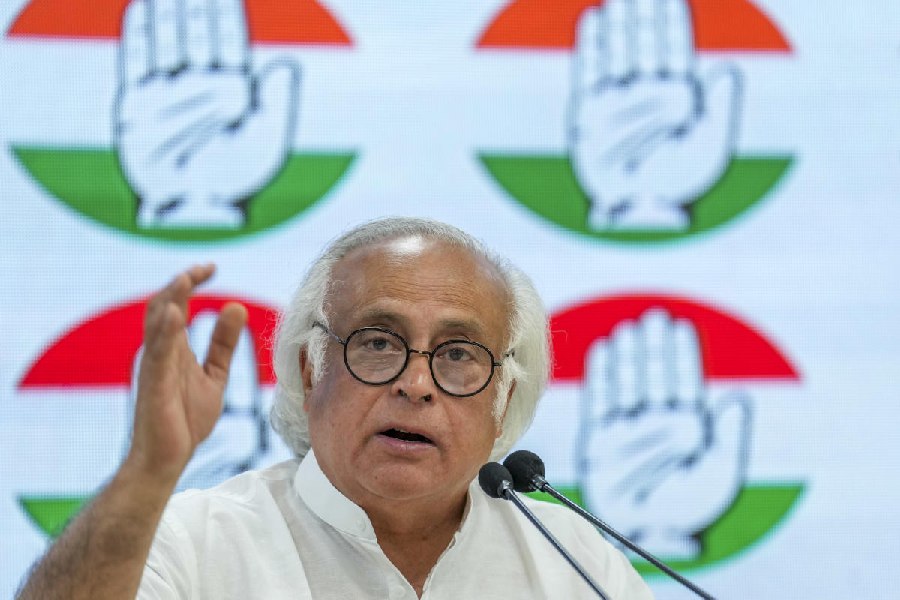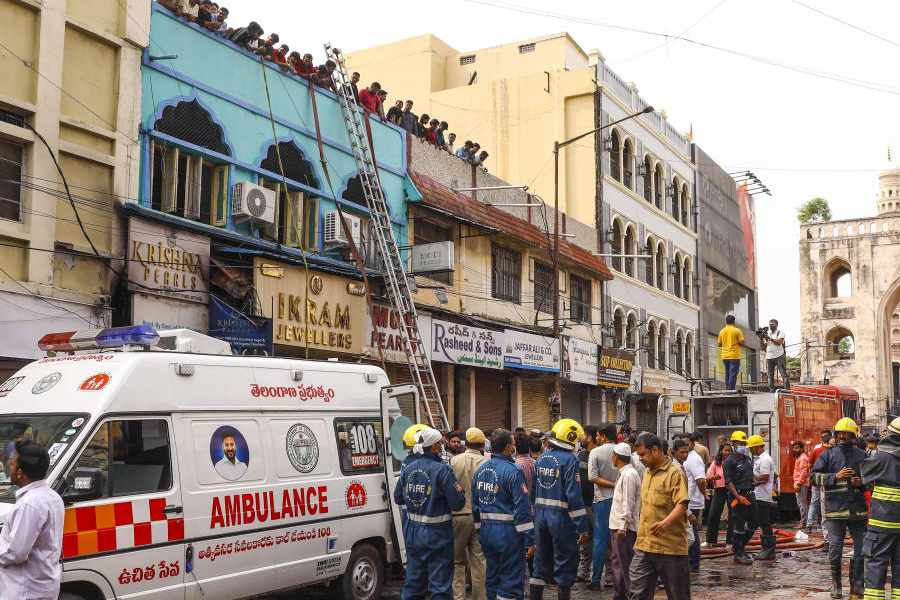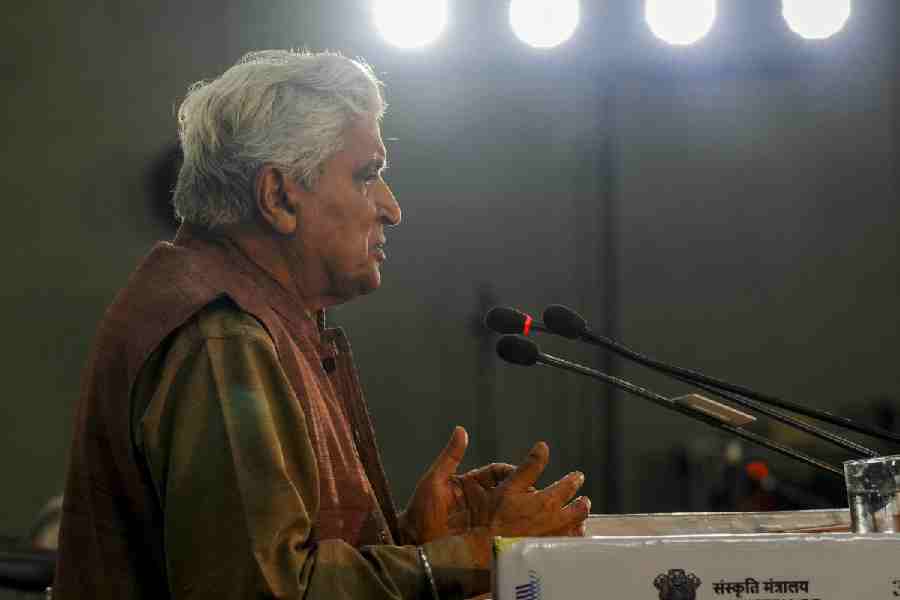
It was a windy and dark night with rain and thunderstorm refusing to calm down. The swirling Mahananda and Kankai rivers rose to the brim and had entered Kishanganj from all sides. As the flood fury unfolded on August 12 in Seemanchal's Purnea, Katihar, Kishanganj and Araria one force dug its heels to help people prevent the act of god.
The flood of 2017 belongs to the National Disaster Response Force (NDRF).
When it received a message around 11pm about 126 boys and girls along with eight teachers trapped in a madarsa at Kishanganj and were in "high risk zone" because of the rising rivers, the information was instantaneously shared with the top brass of the NDRF and senior government officials. They immediately nodded to a special operation to rescue the children and the teachers.
"Heavy rain, darkness and high-velocity wind were against us, but leaving the students and teachers there was not an option as it would have endangered their lives. Our jawans were ready to do anything to save them," said Vijay Sinha, the commandant of NDRF 9th battalion, which operates from Bihta, around 30km west of Patna.
The motor-fitted inflatable rubber boats with rescue personnel were ready, but did not know the location of the Tazibul Kuran Madarsa. They went around Kishanganj town seeking people who could guide them to the place. The task was made difficult by the fact that mobile communication system was down by then and electricity supply was disrupted.
After an hour of labour, they managed to find a person who knew where the educational institution was.
The pursuit commenced.
The three boats glided over the vast flooded space towards the madarsa. The first of the boats touched the madarsa at 12.20am on August 13.
Personnel with flashlights found 80 boys, 46 girls, and eight teachers, including two women, cowering as the floodwater swirled inside the campus.
"Our rescue operation lasted from 12.20am to 1.03am and our jawans ferried the students and teachers to a safe place. They also rescued 92 other people who were trapped in their houses around the madarsa," Sinha said.
He said the rescue operation gave immense satisfaction to his men despite the hardships they endured.
At present 27 teams of the NDRF, including 10 from Odisha and four from Punjab, are conducting rescue-and-relief operations in the flood-affected 17 districts. They have evacuated 24,000 people so far, saved 12 people from drowning, rescued 31 pregnant women, retrieved 15 dead bodies, distributed 5,500 food packets, 30,825kg flood relief materials, including food and 500 litres of drinking water.
Sinha said his batallion is always ready to tackle all types of disasters and is totally in control of the floods of 2017 from the time they got information on heavy rainfall in Nepal and northeastern parts of Bihar.
"We had a few teams ready and pre-positioned at Deedarganj in Patna and in the Kosi region," Vijay said.
The NDRF commandant shared another memorable operation carried out near Bettiah in West Champaran.
"A woman with her child had climbed on to a tree to evade flooding. We traced them, but the water currents were so swift that we could not go near the tree, as it would have damaged our boats. We finally tied our boat to the tree with a rope and our men rescued them safely," he said.
Another operation was conducted in Purnea where an entire tola (locality) of a village panchayat with over 200 people got trapped in the floods.
"All the houses were kuchcha (mud houses) but all the residents were saved with the help of ropes and life buoys," he said.











